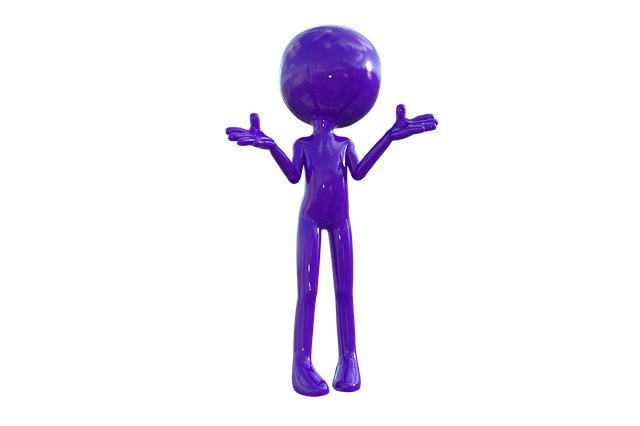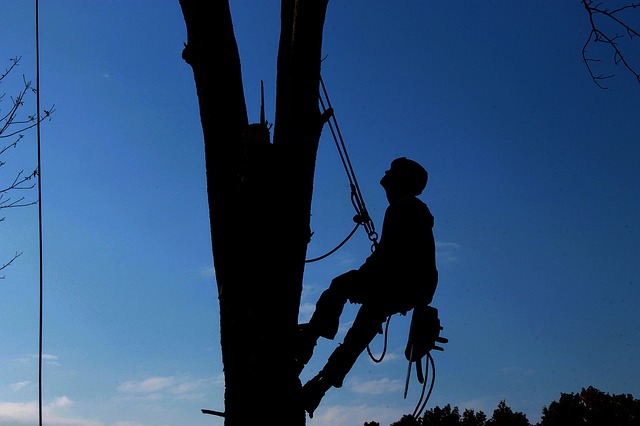Trees are an integral part of the environment, providing us with a range of benefits from oxygen to shade and habitat for wildlife. As such, it is important to ensure that trees are maintained in healthy condition. Tree pruning and tree trimming are two activities that can help maintain the health of trees, but these terms refer to different activities. This article explains the difference between tree pruning and tree trimming.
Tree pruning is a horticultural practice that involves selectively removing parts of the tree in order to control its growth and shape, as well as enhance its health and safety. Pruning helps direct a tree’s energy towards producing healthy new growth and prevents overcrowding or weak branches from forming. Tree trimming, on the other hand, is more focused on aesthetics than on health or safety. It involves cutting off branches or foliage which may be obstructing views or paths, creating an even canopy top or simply making a bush look more attractive.
By understanding the differences between tree pruning and tree trimming, it becomes possible to maintain healthier and safer trees while still achieving desired aesthetic results. This article will explore how these two practices differ from each other, helping readers make informed decisions when caring for their trees.
Definition Of Pruning
Tree pruning is a horticultural practice that involves selectively removing parts of a tree, such as branches, buds, or roots. It is done to maintain the health and safety of a tree, as well as to shape it into a desired form. It is important to understand the definition of tree pruning in order to properly care for trees.
The purpose of pruning trees is twofold: firstly, it can help maintain the health and structure of the tree by removing dead or diseased wood or encouraging growth in desirable directions; secondly, it can be used to improve the aesthetic value of a tree by creating pleasing shapes and patterns. Pruning should be done with precision and skill in order to avoid damaging the tree’s natural appearance or growth potential.
Tree pruning should only be carried out when necessary and must be done correctly in order for it to be effective. Proper pruning techniques involve cutting back branches at an angle that encourages new growth on the outside and prevents damage from occurring on the inside. Additionally, proper timing is important; too much Pruning can damage a tree, while too little may not provide any benefit.
Definition Of Trimming
Tree trimming is a landscaping practice that involves cutting back overgrown branches and twigs to shape the overall appearance of a tree. This can also include removing dead or diseased branches to improve the health of the tree. Tree trimming is typically done on ornamental trees, shrubs, and hedges. It is important to understand the difference between tree pruning and tree trimming as they are two different practices.
Trimming involves cutting back excess growth on trees in order to promote healthy growth, reduce wind resistance and create a more aesthetically pleasing shape for the tree. When trimming a tree, it is important not to cut too much as this can damage or kill the tree. The main objective when trimming a tree should be to keep it healthy while maintaining an even shape. Pruning should only be done when necessary in order to remove diseased or dead branches and thin out overcrowded areas of the tree’s canopy.
Tree trimming is an important part of landscape maintenance which helps maintain the beauty of trees while keeping them healthy. Trimming trees regularly can help prevent potential hazards such as falling branches due to overgrowth or weak limbs caused by disease. Additionally, trimming trees regularly can provide additional space for sun and air circulation which helps promote healthy growth in trees and shrubs alike. To ensure proper care of your trees, it is important to understand both pruning and trimming techniques so that you can properly maintain your landscape for years to come.



